New RFs 2022 - Space Science Faculty
Research Fellows in Space Science 2022
Guadalupe Cañas Herrera | Quentin Changeat | Chiara Circosta | Willi Exner
Nicola Pietro Gentile Fusillo | Adam Hepburn | Samuel Pearson | Alicia Rouco Escorial | Sascha Zeegers
- Removed a total of (2) style text-align:center;
Guadalupe Cañas Herrera
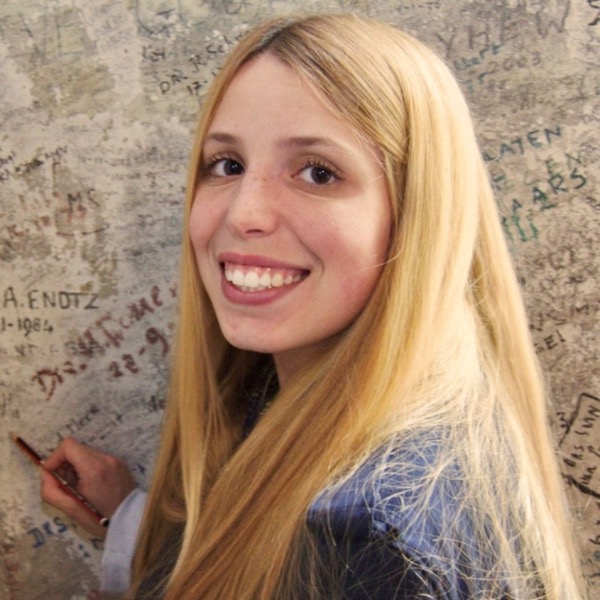
- Removed a total of (2) style text-align:justify;
- Removed a total of (1) style float:left;
Quentin Changeat
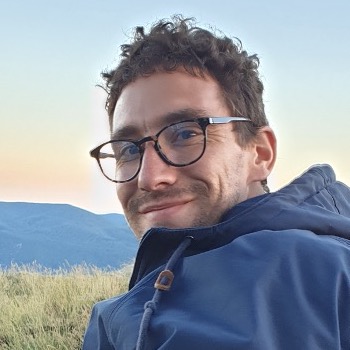
- Removed a total of (1) style float:left;
Chiara Circosta
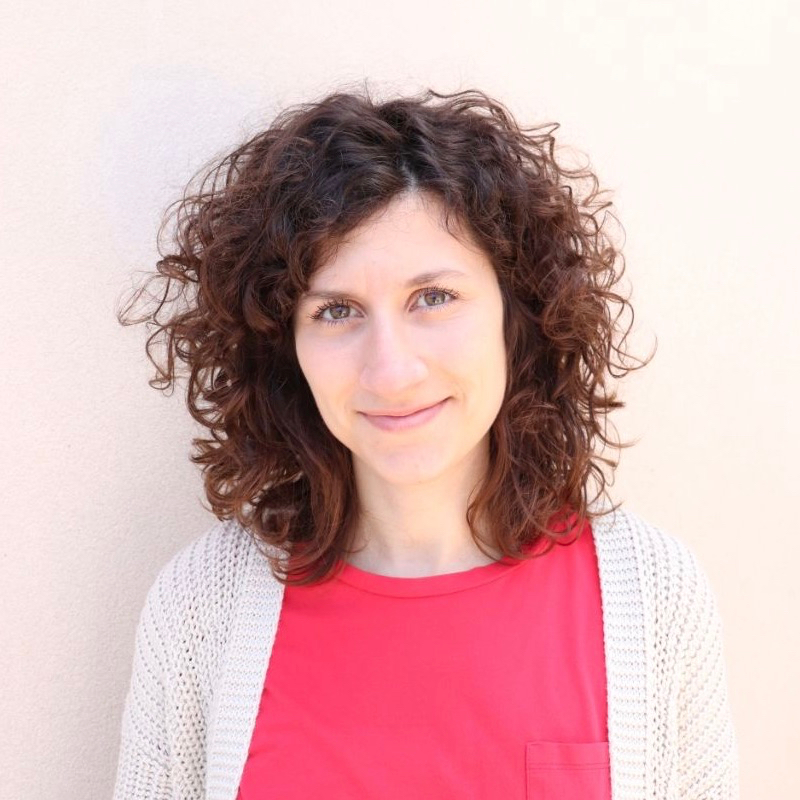
- Removed a total of (1) style float:left;
Willi Exner
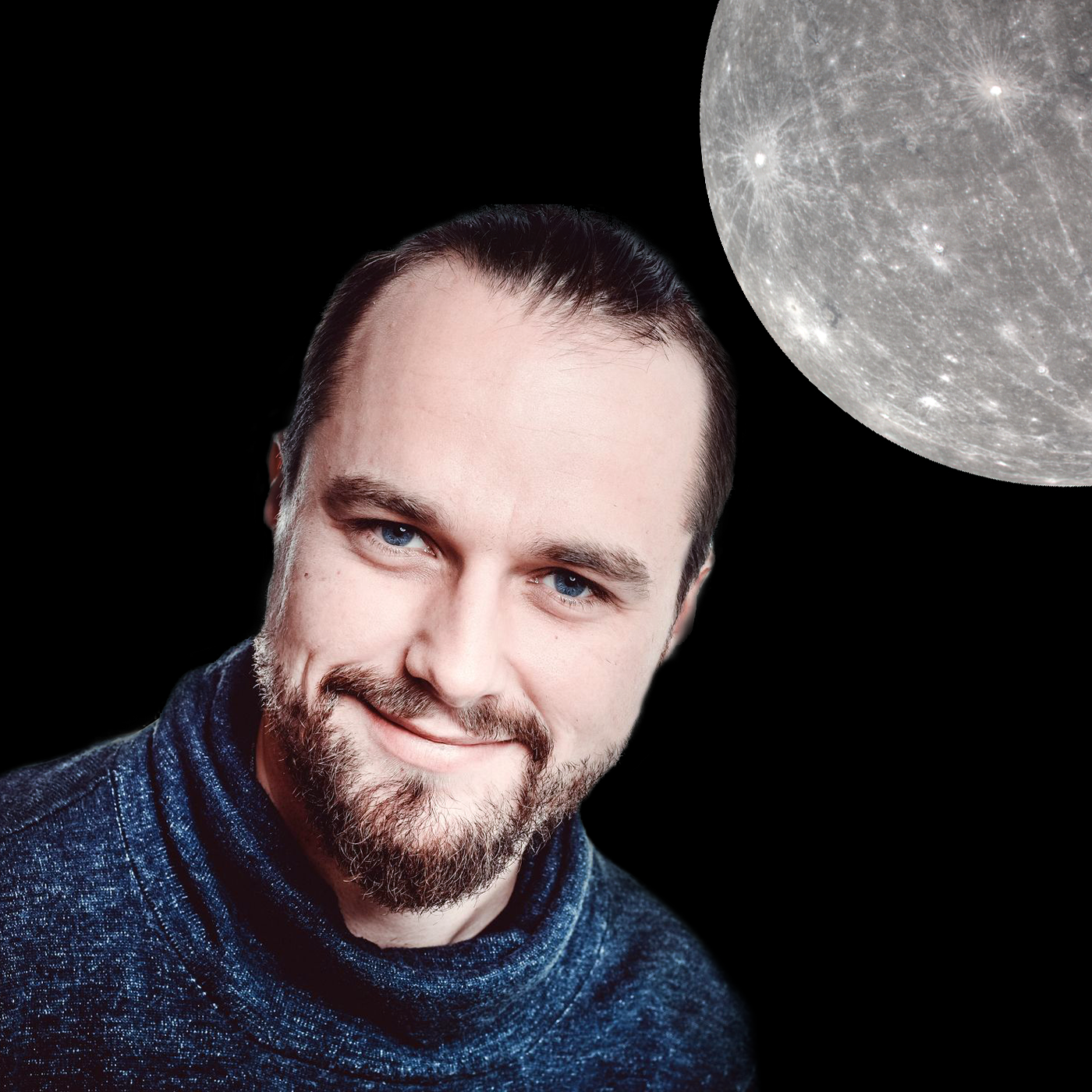
- Removed a total of (1) style float:left;
Nicola Pietro Gentile Fusillo
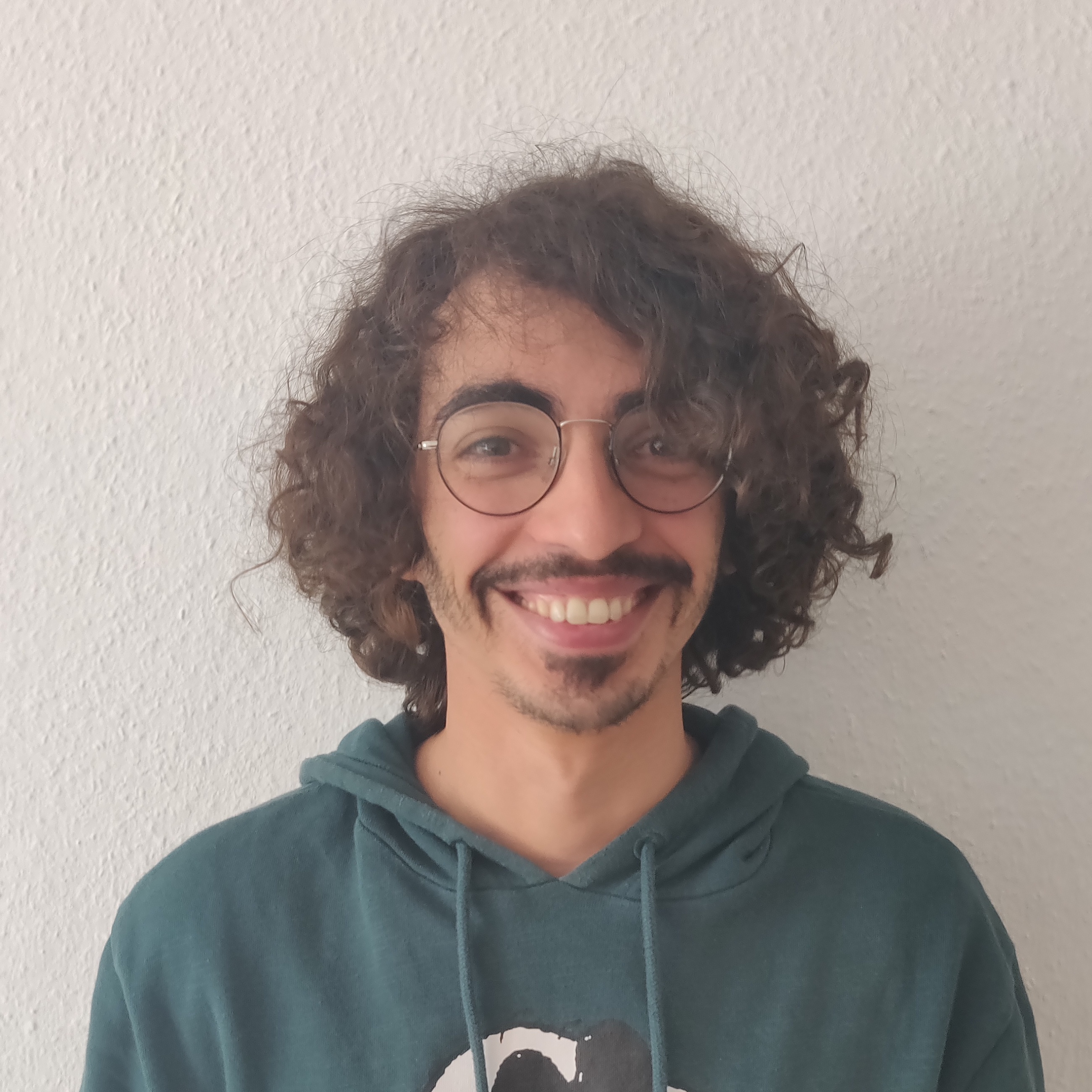
- Removed a total of (1) style float:left;
Adam J Hepburn
- Removed a total of (1) style float:left;
Samuel Pearson
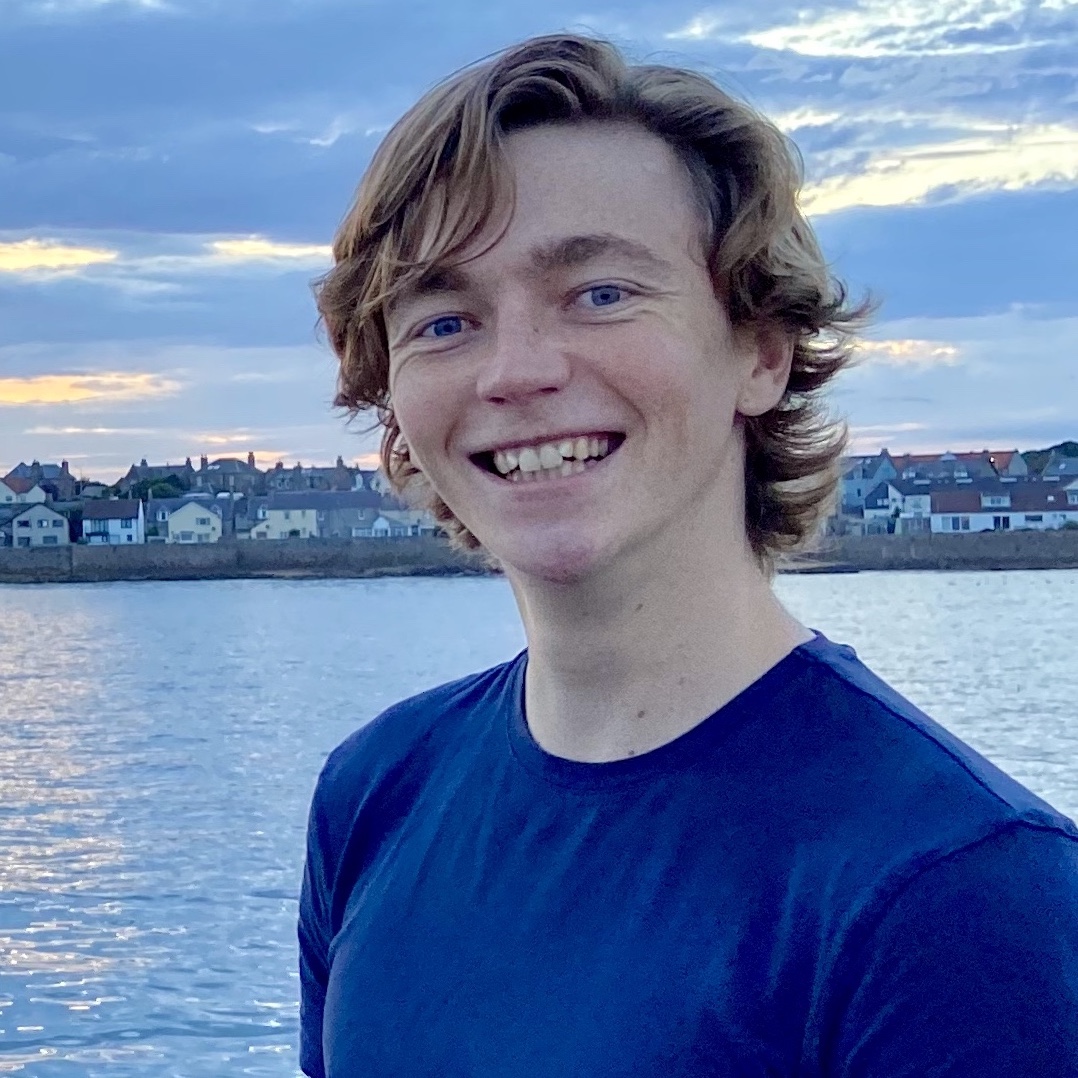
- Removed a total of (1) style float:left;
Alicia [Ali] Rouco Escorial
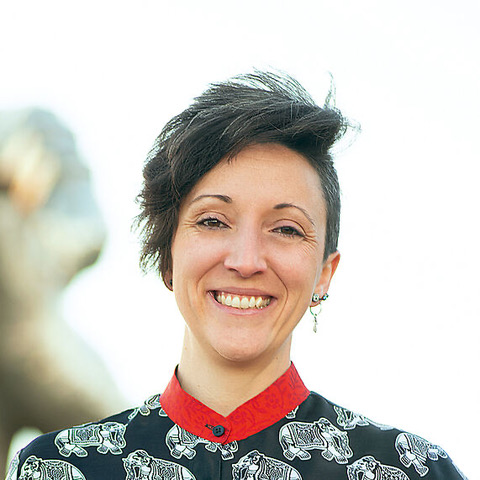
- Removed a total of (1) style float:left;
Sascha Zeegers
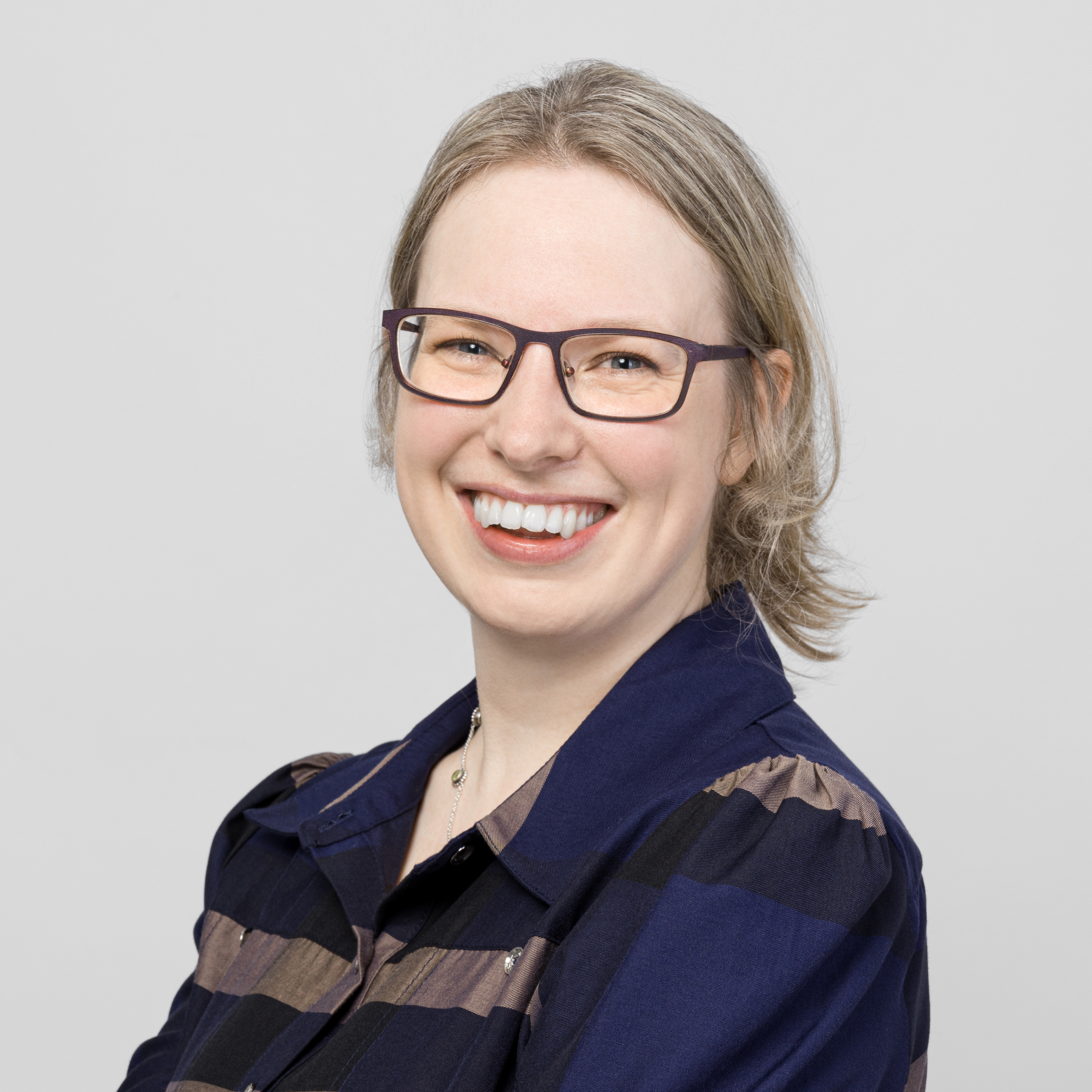
- Removed a total of (1) style float:left;
Further information: Research Fellowships in Space Sciences & Exploration | RF FAQ | RF contact form | All current RFs
Last modified: 16 May 2022
- Removed a total of (1) style text-align:center;
- Removed a total of (1) style text-align:right;








































 Sign in
Sign in
 Science & Technology
Science & Technology